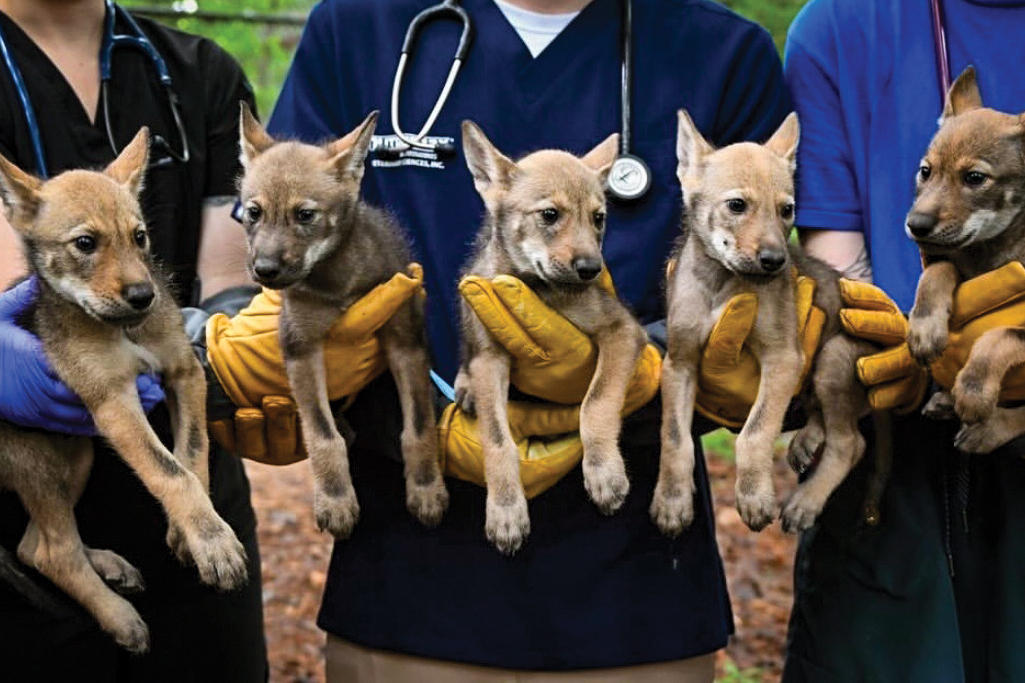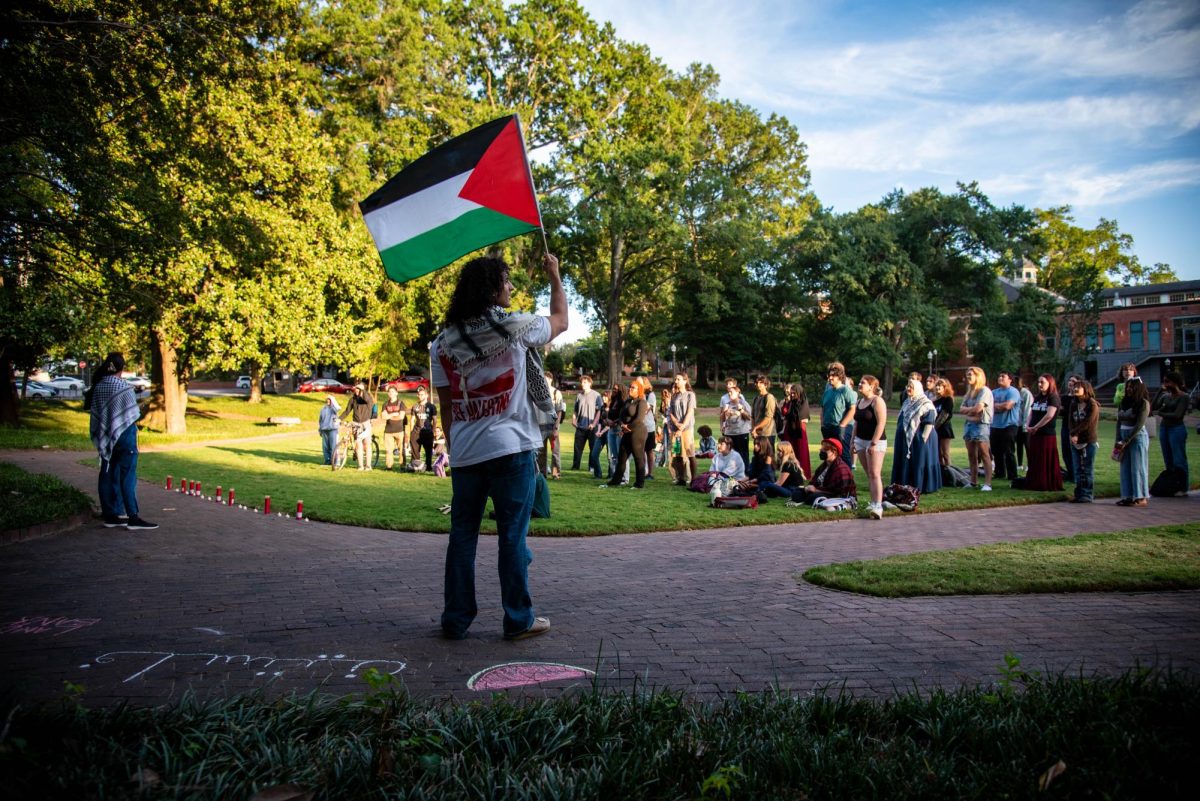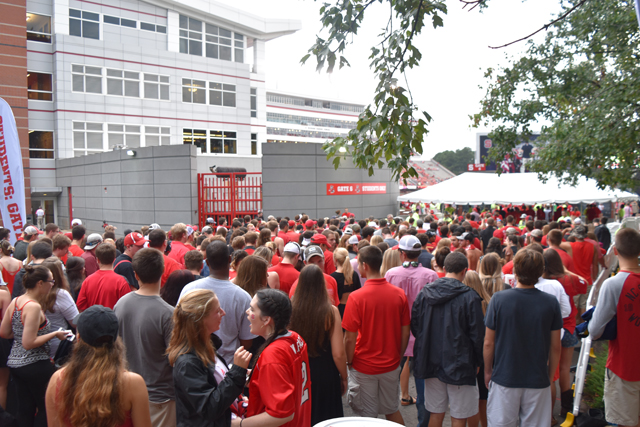Four months after a tornado devastated campus, 24-hour work over the summer allowed Shaw University students to begin classes on time Wednesday.
An EF-4 tornado swept through Raleigh April 18, causing millions in damage to the historically Black university downtown. But Shaw students say they’re optimistic about the fall semester.
Two residence halls substantially damaged in the storm were repaired and now house students. However, the William E. Gary Student Center, which contained the school’s only cafeteria, remains significantly damaged and unusable.
The tornado brought down the only place to eat on-campus. FEMA and North Carolina Emergency Management gave $567,000 to Shaw to rent several trailers which now house a temporary cafeteria and kitchen.
The area around the newly created cafeteria is often littered with garbage because of the small number of trash cans and inadequate seating.
Tynesha Hailey, a Shaw sophomore in mass communication, was on campus when the tornado hit, and did not leave over the summer. She saw the destruction occur as well as the rebuilding process.
“[The cafeteria] is not like it used to be. It’s a small space, so everyone can’t sit in there. We still get to eat, but it makes the yard outside the cafeteria dirty. With all the trash, we can’t sit in it,” Hailey said.
It will be six months before the student center is rebuilt, according to Sherri Fillingham of Shaw public relations.
“We’ve got the temporary cafeteria for six months, and the new one will be ready in that time,” Fillingham said.
Insurance will take care of most of student center repairs. All told, there was $3 million to $4 million worth of damage, according to Fillingham .
But the school is doing more than just fixing what’s broken.
“We are not just repairing [the student center], we are making improvements as well,” Fillingham said.
Freshman Bobby Griffin had to stay in a women’s residence hall this summer when he attended band camp. The seventh through ninth floors of Fleming/ Kee Living-Learning Hall, where he would have normally stayed, needed repairs after the storm.
Although he said he regretted the damage done to campus, and the inconvenience it caused students and faculty, Griffin said residence halls could have used work anyway. The state of the undamaged hall he visited over summer was in disrepair.
“[The tornado] wasn’t a good thing, but we have a positive outcome,” Griffin said.
Brenton Logan, also a freshman who attended band camp this summer, agreed with Griffin.
“Dorms look great. The floors were redone, and most of the furniture is new,” Brenton said.
Dealing with the heat, construction crews worked day and night to get the downtown university ready for students. Due to their efforts, students said they had no problem registering for classes or finding an on-campus room to live in.
Living arrangements posed the largest problem, since none of the academic buildings were seriously damaged. Shaw’s campus is separated into two sides: academic and student living. A footbridge that spans Blount Street connects the two sides.
Large trees iconic to Shaw were blown over on the academic side of campus. They provided shade for all of those who wished to stay near class but did not want to return to their residence halls. The fallen trees did not hit any buildings during the storm.
Eurel Bernard, a Shaw senior in athletic training management, said although he lives off campus, he spends less time around class buildings.
“I used to chill on [the academic] side, but there’s not much shade over there anymore. I spend most of my time where it’s less hot,” Bernard said.




